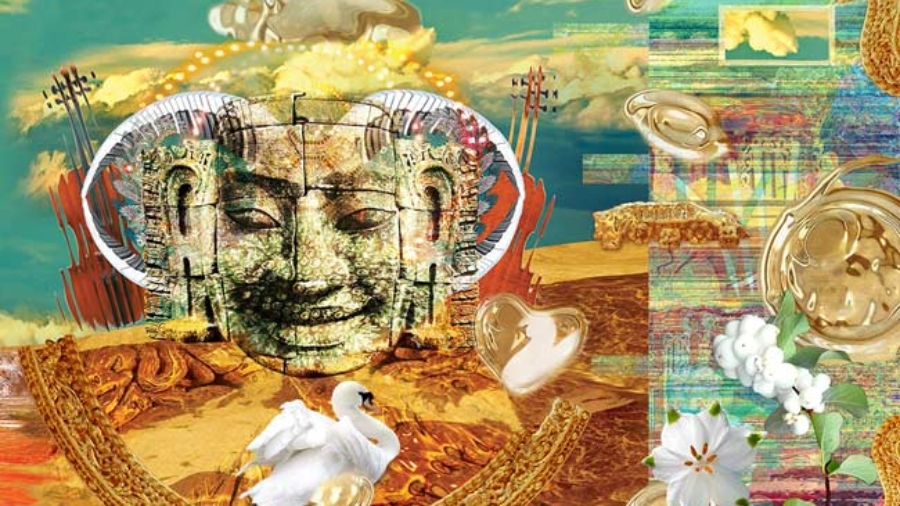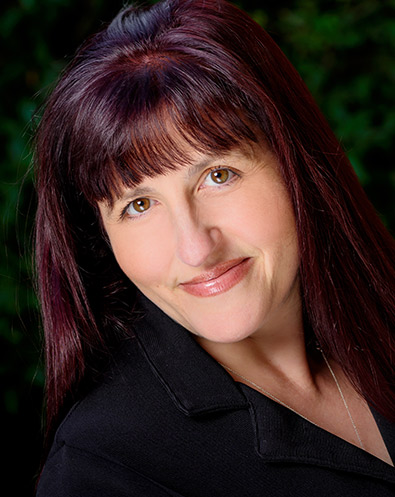Trauma goes deep. Literally, traumatic memories are stored DEEP in the Midbrain, which controls your fight or flight response. Traditional talk therapy occurs primarily in the frontal cortex where we process logic. When emotions arise your brain pings the Limbic System, then returns to other places to try and “manage” what’s come up.
When MUSIC is incorporated into the therapeutic process both sides of the brain are engaged simultaneously, helping them to help one another. In the case of trauma this is where the magic happens, this is where a new experience with old feelings and responses can be transformative.
Research tells us that in order to release trauma one must face it, but not in the way they have before, not reliving the old story. Trauma is released in the evolution of the new story, which can often involve literally interacting differently. Most people can’t, or don’t want to go back to the site of their initial trauma, so they simply hope time will diminish the effects.
The Bonny Method of Guided Imagery and Music (GIM)
In the Bonny Method of Guided Imagery and Music (GIM), clients, or “travelers” choose their own focus for the session. The training of the clinician allows them to select the right music program (collections of pieces) to support an internal, interactive process, and then skillfully “guide” the traveler through the session with prompts and affirmation.
What comes out? It’s like having an awake dream, anything goes. Body sensations, visions, realizations and a chance to make your own choices in the moment emerge from the subconscious. A GIM practitioner will never tell you to “open the door,” or “stand up to that person and tell them how it is!” They may, however, invite you to notice how something is experienced and hold the space for you to do those things yourself. This process is sort of like a dry run for trying out new reactions. I mean, really, who wouldn’t like a do-over in life?
After the music portion is complete, travelers are invited to draw a Mandala (an ancient form of expression drawing within a circle) to further explore their adventure in the music. All of these segments provide insight into the original “intention” and often dictate how the client moves forward in their personal healing and growth process.
GIM is an experience, not just a discussion. Music Therapy can accelerate resolution because of its unique properties. For anyone who is “stuck” and has tried other modalities unsuccessfully, or is just ready for a fresh approach, your chariot awaits!

